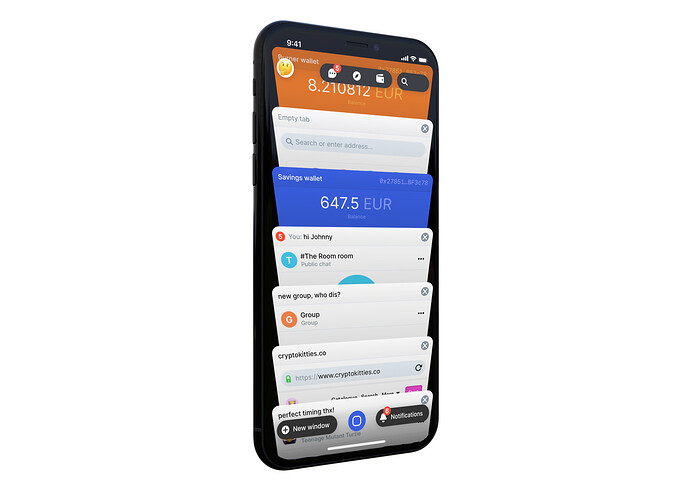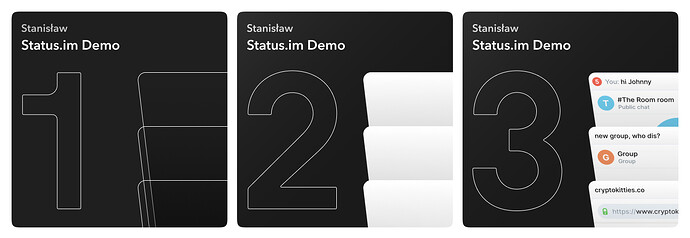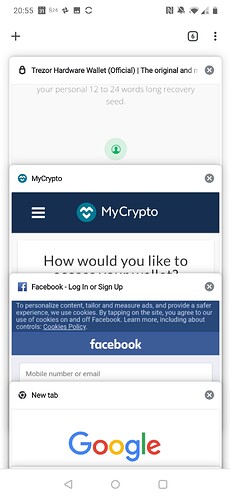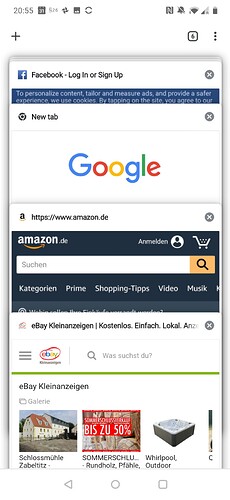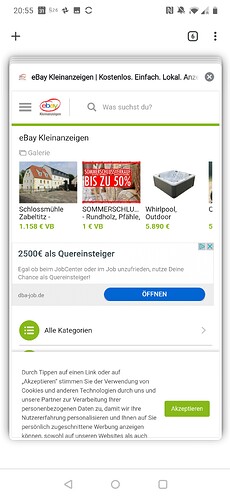Hey. Some of you might have noticed the video Jarrad played during his Istanbul talk, the one with 3D cards floating around. This is a project we’ve been calling Window Based Navigation, it’s been live as a concept car for some time now. Since then I was asked by many of you to shed some light, what it is, why did we do it and how it came to be.
What is Window Based Navigation?
It’s a new interface to glue the different layers of the mobile app together. It’s about presenting each instance of chat, browser tab and account as a separate window. You navigate windows in a multitasking interface resembling a deck of cards. New cards can be added here, regrouped and removed.
There’s also the blue button
It’s always there to bring up the multitasking interface. But it doesn’t stop there, it has some superpowers of its own. Dragging outward from the button will display your three most recently opened windows, if you release your finger while placed on any of them, it will replace the currently active window with the one you choose. It sounds quite complicated, but actually when used, it’s one of the most intuitive ways of multitasking your current activity.
Why did we design it?
Most of all, to level the playing field between Dapps and features built natively. In my opinion, the current design favours the native approach, leaving Dapps to a siloed space with subpar ux. We’ve made an improvement giving Dapps their own tab but that’s still a far way to go from a future where Status can be used as an operating system to interface with the decentralised web.
It’s also more seamless and efficient to navigate from point A to B along a path that’s easier to understand and anticipate. Did I mention it’s cool?
How did we got here?
Jarrad kept insisting on this idea of window based navigation from as far as I can remember but it wasn’t until the talks we shared within Core about how we get to decide to build something as a Dapp vs doing it natively, that I kicked off work on the first prototype. It wasn’t much, a single mothership of a list that you could filter. I didn’t like it, in hindsight I was too careful not to introduce new UI or try out ideas I deemed difficult to implement.
The project was then shelved for 3 months, it was clear to me it needed a different perspective. A three dimensional one, which occurred to me while browsing through mobile multitasking UIs dating back to webOS and Palm Pre, a revolutionary interface far ahead of its time. After trial and error I settled on a vertical representation of windows in a 3D space, one that’s not unlike mobile Safari.
I made the second prototype, then shot the very same video you guys watched in Istanbul and sent it out to Jarrad. He liked it, kind words were spoken and what followed was a story of building it out as a proof of concept in React Native. I believe this part would be better told by someone more familiar with the matter than I am ![]()
How can you test it?
You can download the latest Android apk from here
If you’re on iOS, I’m not sure if we can share the Expo user profile freely, in the meantime DM me and I’ll be able to share them.
You can try out the latest prototype I made here
You’ll need a desktop browser.
